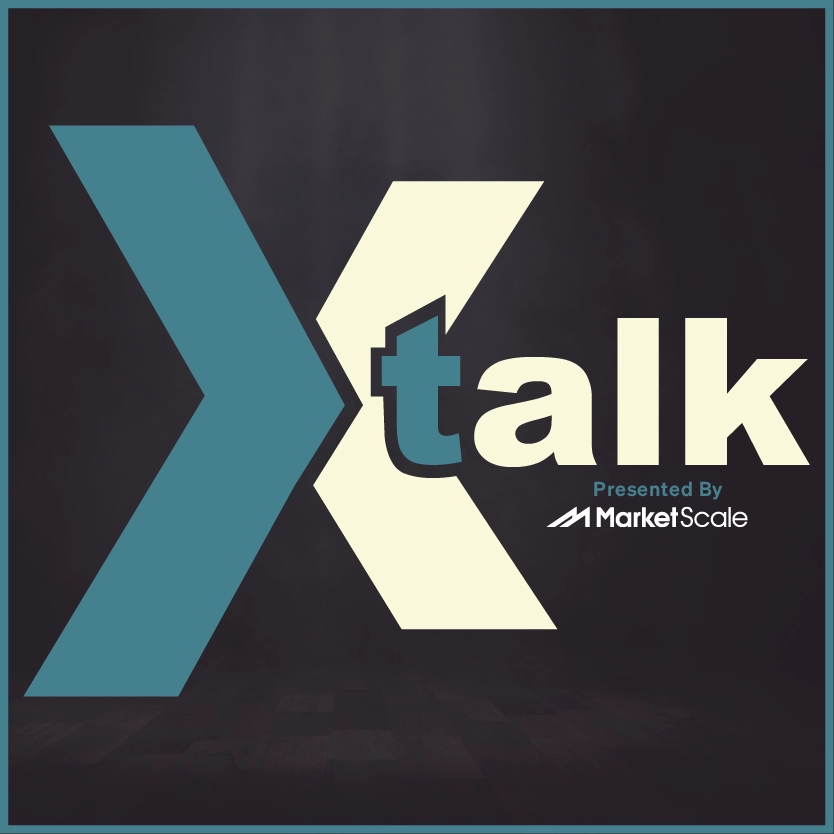Safety Concerns and a New Federal Law are Challenges Set to Drastically Impact Rideshare and Gig Economy Industries
The bustling world of rideshare and gig economy, such as Uber, Lyft, and DoorDash, has allowed convenience to hit the roads. However, safety has emerged as a growing concern. Late last year, a DoorDash driver in Washington D.C., narrowly escaped death after being shot in the back. And it was not an isolated incident as a lot of cities are facing similar crimes. Additionally, the Capitol has experienced a wave of carjackings recently, making drivers of this industry vulnerable to becoming victims. While companies and authorities have taken specific measures to ensure the safety of drivers, the business model faces other threats.
The industry has successfully weaved through the complexities of urban and suburban landscapes, but the surge in demand for rideshare and gig economy rideshare services has brought with it an array of safety challenges. While a surge in safety for gig economy and rideshare services continue to take center stage, a newly introduced federal labor rule aiming to redefine worker classification, poses a potential upheaval for the industry. The law aims to reshape the entire gig economy landscape, which will likely come with more costs and legal responsibilities for these companies. As the situation unfolds, the future of gig economy companies hangs in the balance, with the potential for substantial shifts in their operational models and the broader workforce structure.
Some cities are testing their own solutions, however. For example, Dallas is gearing up for the debut of Cruise’s autonomous rideshare service, marking a significant advancement in urban transportation. But the move prompts a thorough examination of safety measures, particularly concerning police interactions, unexpected road closures, and adherence to city regulations. While still in early stages, this solution demonstrates where the future of autonomous and innovation is headed into.
On a new edition of Experts Talk, host Daniel Litwin discussed these concerns and potential changes with industry experts and thought leaders, Abdul Kasim, CEO of DisplayRide, Chris Gerace, Uber and Lyft Driver, and Manager and Contributor at The Rideshare Guy, Sergio Avedian, Uber and Lyft Driver and Senior Contributor at The Rideshare Guy, and Chuck Gershman, CEO and Co-founder of Owl Autonomous Imaging.
In sharing their insights, the group examined the rideshare ecosystem and drew from real-life experiences and technological advancements, to underscore the pressing need to address the vulnerabilities faced by drivers and passengers alike.
Article written by Alexandra Simon.






